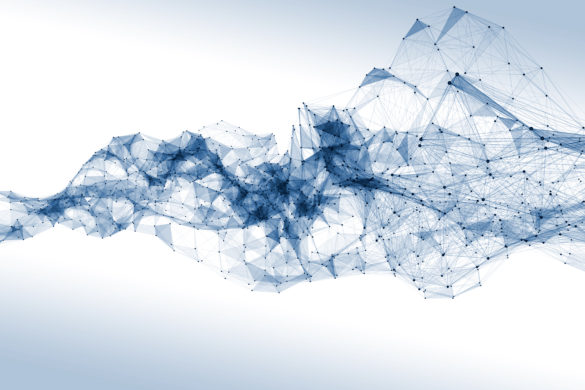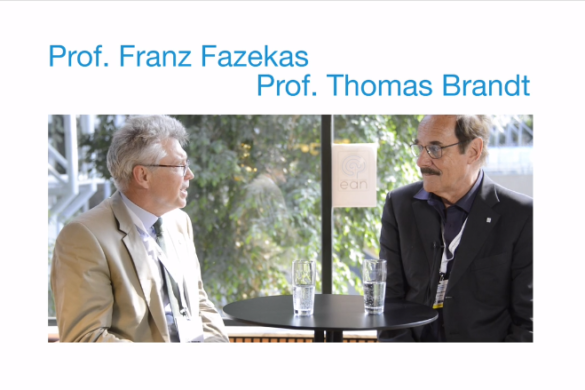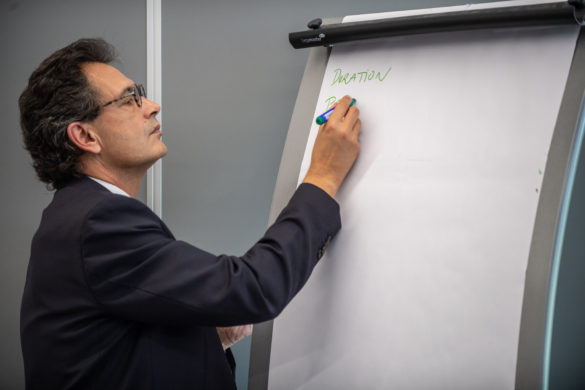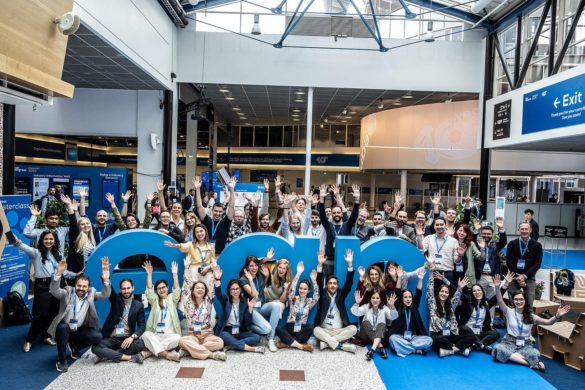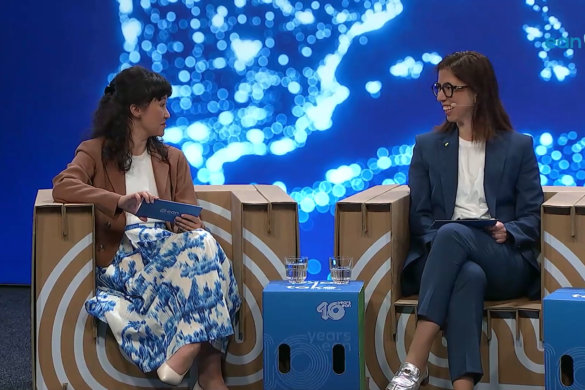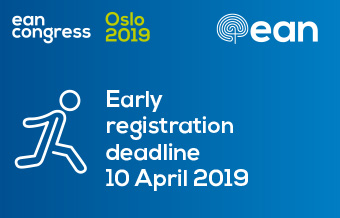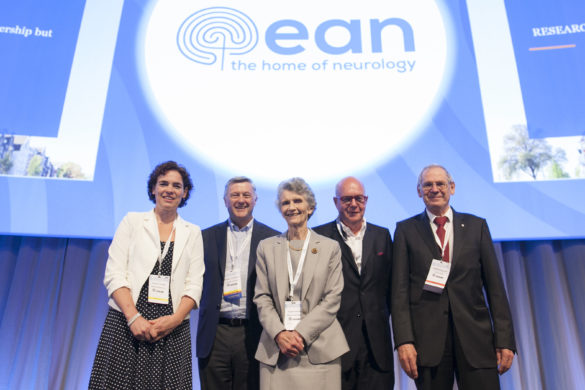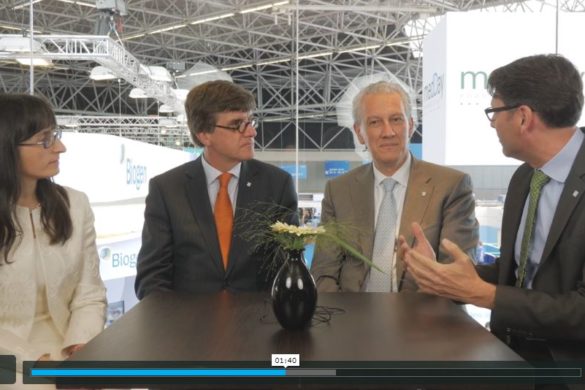by Luca Cuffaro
This Special Session co-hosted with the European Psychiatric Association and moderated by its President, Geert Dom, and Antonio Suppa, a professor of neurology from Rome, was a full-house event that delved into the promising field of non-invasive therapeutic neuromodulation for Parkinson’s disease (PD) and neuropsychiatric disorders. The engaging panel, featuring leading experts, covered exciting new ground and provided participants with valuable insights into emerging treatments. Audience interaction was fervent, reflecting the high level of interest in these innovative therapies.
Non-invasive brain stimulation (NIBS) techniques have gained attention for their ability to improve symptoms without the need for invasive procedures. The session highlighted several promising approaches and the plasticity induced by these techniques.
Antonio Suppa from Rome opened the session, delivering a brilliant and comprehensive presentation on non-invasive neurophysiological tools in humans. He began with transcranial magnetic stimulation (TMS), which utilises magnetic fields to induce electrical currents in specific brain areas, targeting brain plasticity and inducing long-term modifications. He explained the effectiveness of theta burst stimulation, a well-established technique with two protocols: continuous (cTBS) and intermittent (iTBS). He also talked about paired associative stimulation (PAS), which leverages spike-timing-dependent plasticity to enhance outcomes. Finally, he describes transcranial direct current stimulation (tDCS), which involves applying a low-intensity electrical current to modulate neuronal activity. This technique influences calcium dynamics and NMDA transmission, with the activation of interneurons being crucial for plasticity. His closing remarks were about the future of these treatments with the aim of reaching structural neural plasticity.
Antonella Macerollo from Liverpool then took the floor and introduced the concept of neuromodulation and its therapeutic effect on Parkinson’s disease. She highlighted the effect of tDCS on freezing of gait by stimulating the supplementary motor area and discussed the mixed results of using TMS on non-motor symptoms like dysphagia and depression. While TMS was not effective for these non-motor symptoms, tDCS showed promise. She also discussed trans-cranial-focused ultrasound stimulation (TUS), highlighting theoretical mechanisms, such as its mechanical, thermal, and sonogenic effects. She concluded with take-home messages, emphasising that NIBS techniques have potential benefits on both motor and non-motor symptoms in PD, noting the need for guidelines to enhance and harmonise usage, and adding her personal view of the importance of prioritising studies about symptoms not treatable by drugs, such as freezing of gait and camptocormia.
She was followed by Jean-Francois Aubry, a physicist from Paris, who presented a new possible technique that could deliver deep brain stimulation via transcranial focused ultrasound, as well as its possible application to movement and psychiatric disorders. He explained the possible mechanical effects of ultrasound rather than thermal effects in ultrasonic neuromodulation. He described the time-reversal technique for transcranial aberration correction, and emphasised the technological breakthroughs towards low-cost transcranial focusing, as well as the need for guidelines to standardise these promising techniques across the field of neurology.
In summary, the session underscored the significant potential of non-invasive therapeutic neuromodulation in treating both motor and non-motor symptoms of Parkinson’s disease. The engaging presentations and discussions highlighted the exciting advancements and the need for continued research in this evolving field.




